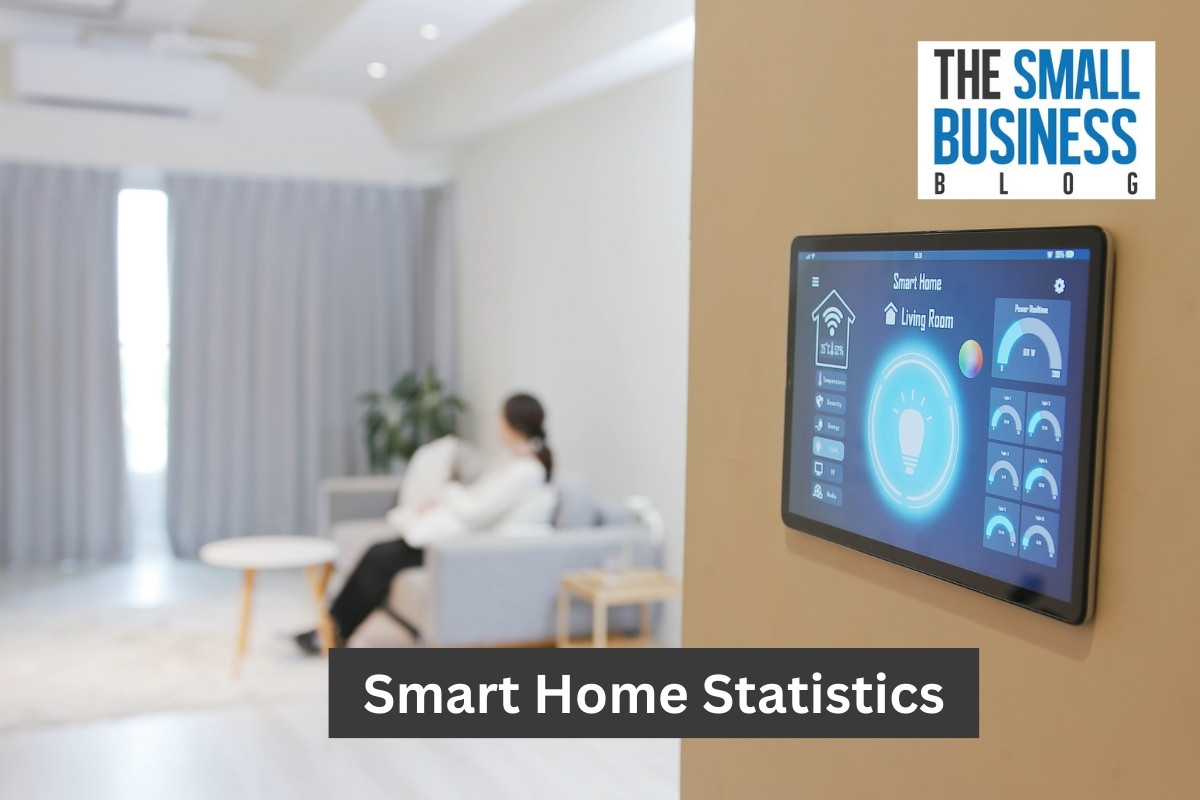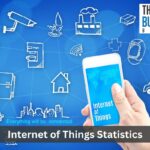Smart homes are becoming increasingly popular.
At first, the idea of connecting household appliances to a home network may have seemed frivolous.
However, the idea has since proved to be useful as controlling your home, even when you’re not there can improve security and energy efficiency.
That’s good for your peace of mind and the environment.
A smart home is one that has various devices, such as heating controls, lighting, cooking functions, and even the doorbell, amongst others, connected to an internal network.
This network is connected to the internet via a secure password.
Provided you are online, you can connect to the network from anywhere in the world and adjust the settings.
That means you can turn the heat up before heading home, start the dinner going, or even see and speak to whomever is ringing your doorbell.
As the following smart home statistics will demonstrate, this is more than a fad or a popular option at home.
For many people, it is now seen as an essential part of any property purchase.
In short, if you’re looking to sell your home you may need to make it a smart home first.
It will help you appreciate how useful this technology is!
Post Contents
- 1 Key Statistics
- 2 Top Smart Home Statistics in 2024
- 2.1 1. 10% More US Households Are Using Smart Devices In 2023 Compared To 2022
- 2.2 2. Over Half Of Americans Use Voice Search Every Month
- 2.3 3. Experts Predict a Rise Of 21% In Smart Speakers During 2023
- 2.4 4. 57% Of Americans Believe Smart Products Save Time
- 2.5 5. Smart Devices Can Reduce Insurance Premiums
- 2.6 6. 74% Of Americans Say They Want A Smart Device
- 2.7 7. The Smart Meter Industry Is Expected To Be Worth $29.8 Billion By 2026
- 2.8 8. 81% Of Buyers Prefer A Home With Smart Technology
- 2.9 9. Men Are Nearly Twice As Likely As Women To Own A Smart Device
- 2.10 10. The Average US Household Saves $1,180 A Year Using Smart Technology
- 2.11 11. 63% Of Homeowners Want Smart Systems To Improve Home Security
- 2.12 12. There Are Over 300 Million Smart Homes In The World
- 2.13 13. 75% Of People With Smart Devices Are Under 55
- 2.14 14. 97% Of Smart Device Owners Are Happy With Their Devices
- 2.15 15. 63% Of Smart Device Owners Are Worried About Their Data
- 3 Compatibility Issues
- 4 Summing Up
Key Statistics
- 10% more US households are using smart devices in 2023 compared to 2022
- Over half of Americans use voice search every month
- Experts predict a rise of 21% in smart speakers during 2023
- 57% of Americans believe smart products save time
- Smart devices can reduce insurance premiums
- 74% of Americans say they want a smart device
- The smart meter industry is expected to be worth $29.8 billion by 2026
- 81% of buyers prefer a home with smart technology
- Men are nearly twice as likely as women to own a smart device
- The average US household saves $1,180 a year using smart technology
- 63% of homeowners want smart systems to improve home security
- There are over 300 million smart homes in the world
- 75% of people with smart devices are under 55
- 97% of smart device owners are happy with their devices
- 63% of smart device owners are worried about their data
Top Smart Home Statistics in 2024
1. 10% More US Households Are Using Smart Devices In 2023 Compared To 2022
In 2018 approximately 39 million households in the US had at least one smart device installed in their home.
As of 2023, that figure has increased to 63 million.
Interestingly, the 2023 figure is 10% more than 2022, which is 10% more than 2021.
In fact, the usage of smart devices has increased by an average of 10.2% every year since 2018 and this trend looks set to continue.
By 2024 there should be 69 million homes with smart devices and by 2025 it will be around 77 million.
If the increase continues as predicted, there will be 93 million smart households by 2027.
That’s nearly a third of the US population.
The increase in global smart homes is expected to increase along the same levels as US levels.
(Oberlo)
2. Over Half Of Americans Use Voice Search Every Month

America has always been quick to try new technology, especially if it helps to make life easier.
This is certainly true when talking about smart homes and associated devices.
According to a survey by Blogging Wizard, more than 50% of US residents will use voice activity at least once a month.
The most common way to use voice technology is via a smartphone.
However, many of those who completed at least one voice search a month also do this via a smart speaker.
Interestingly, voice search is becoming the most popular option for many people.
It’s overtaken the standard search box on a smartphone as people find it easier and faster to simply talk to their phone.
It’s worth noting that voice technology has improved dramatically in recent years.
Today, Google proudly claims that its voice search assistant is 93.7% accurate.
That means, 93.7% of the time it gets it right.
Google is working on getting this figure to 100%.
(Blogging Wizard)
3. Experts Predict a Rise Of 21% In Smart Speakers During 2023
Although the US is embracing smart technology, the smart speaker has been a slow addition in many homes.
In 2022 figures showed that just 1% of US households had a smart speaker.
However, a change in pace has recently occurred and it’s expected that, by the end of 2023, 21% of all US households will have a smart speaker.
That’s an impressive increase, either a result of clever marketing or a sudden awareness by people of the importance of smart speakers and voice control over home systems.
Of course, a smart speaker is a good investment.
It’s always ready and allows you to search the internet without searching for your phone or waiting for a desktop/laptop to fire up.
(Arizton)
4. 57% Of Americans Believe Smart Products Save Time
With half of Americans using voice search and an expected 21% of households having smart appliances this year, it’s little wonder people are looking at how effective an addition these devices are to your home.
According to the latest research, an impressive 57% of Americans already believe that smart devices can save them time.
The average US citizen believes automating tasks can save them at least 30 minutes a day.
That’s tasks like using robot vacuuming devices, turning washing machines, dryers, and dishwashers on remotely, and even controlling lights from your phone
The estimate is the amount of time saved per week.
That’s a couple of hours a month.
It doesn’t sound significant until you consider that’s 182.5 hours you’ll save a year.
That’s a lot of hours available for something else.
Best of all, the ever-increasing array of smart devices for your home is likely to save you even more time in the future.
(Alarms.org)
5. Smart Devices Can Reduce Insurance Premiums
Home insurance is one of those costs which appear to rise every year, even if you don’t make a claim.
It’s hard to argue as there are many factors involved, such as inflation, property prices, neighborhood crime rates, and other things.
However, adding smart devices to your home can actually drive down your home insurance premium.
In fact, research suggests it could drop by as much as 20%!
You will need to install smart devices that are recommended by your insurer.
These are devices they know will deter criminals or help the police catch them.
If a device has been shown to be effective then the insurance company will be happy to offer a reduction.
The same is true when smart devices are fitted to cars.
Of course, the trade-off is that the insurance company will have even more information about you and your habits.
Whether you think that’s a worthwhile trade will depend on your approach to personal data.
(Bob Vila)
6. 74% Of Americans Say They Want A Smart Device
Confirming the rapid increase in interest relating to smart devices, the latest research shows a whopping 75% of Americans want a smart device and are looking to purchase it within the next year.
It’s estimated that 60 million US households already have smart devices.
This number is likely to double within the next year!
Interestingly, the biggest reason for wanting a smart device is climate change.
An increasing number of Americans, and people around the world, are becoming aware of and concerned about climate change.
Smart devices can help individuals control their homes better, reducing energy usage and saving them money while helping to save the planet.
Smart devices don’t just help you turn on and off household appliances.
They can also show you usage and suggest ways in which you can reduce usage and save energy.
Alongside this, adapting to the latest technology today will make it easier to adapt to future tech and do more to save energy, money, and the environment.
(Todays Home Owner)
7. The Smart Meter Industry Is Expected To Be Worth $29.8 Billion By 2026
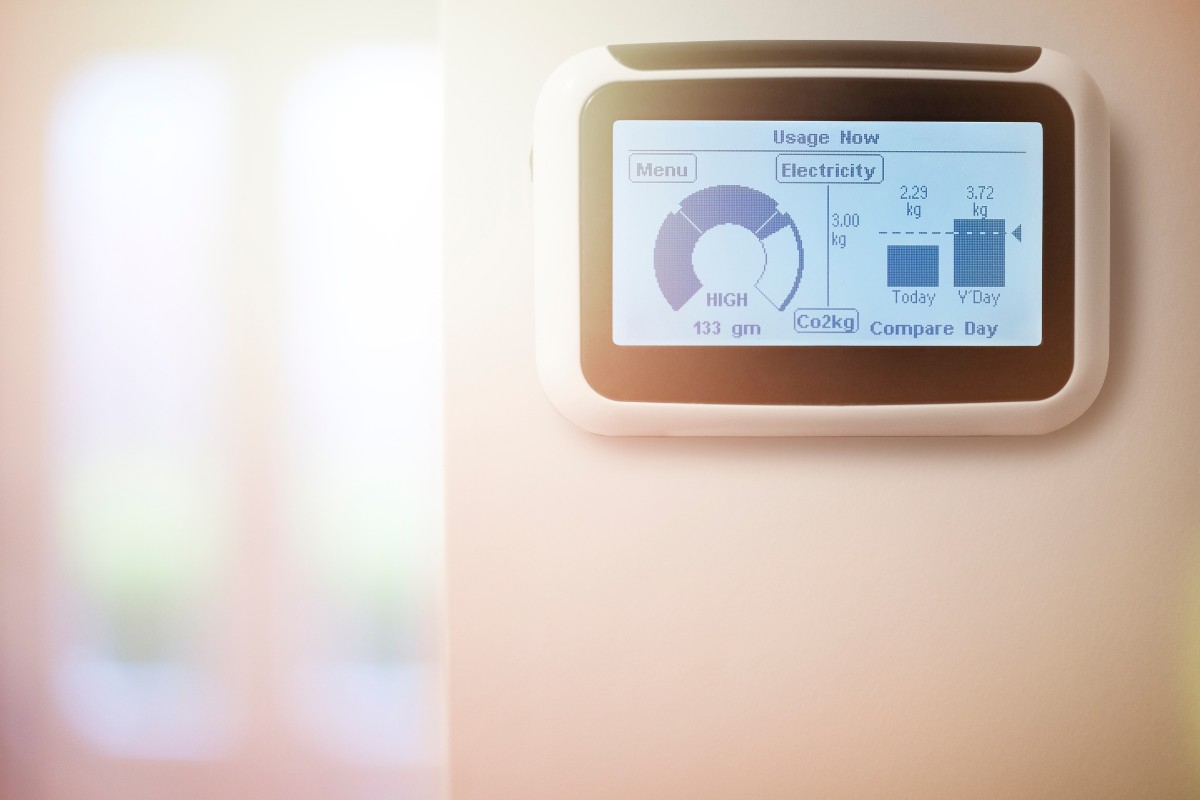
In the last few years, there has been a significant rise in the cost of energy.
It’s not just been triggered by the illegal Russian invasion of Ukraine.
Globally, people are more aware of the damage being done to the environment and the need for alternate approaches, including different fuels.
Reducing reliance on fossil fuels is costly and it’s reflected in increasing prices.
Fortunately, the smart meter allows you to track energy use and adjust it to save energy and money.
In 2022 the US saw an 11% increase in the price of electricity, 2023 is expected to offer a similar percentage increase.
In short, homeowners need smart meters.
That’s why the industry is predicted to be worth $29.8 billion by 2026.
(PR Newswire)
8. 81% Of Buyers Prefer A Home With Smart Technology
The US residential real estate market is worth over two-and-a-half billion and it’s growing every year.
To justify the top price for any property it needs to be in excellent condition, maintenance up to date, and no major issues to be concerned about.
Today, that’s still important but it’s not enough.
The modern homebuyer wants to see the latest tech in homes.
Specifically, smart devices.
As the use of smart devices has spread, people have become more accustomed to seeing and using them.
That makes it harder to go to a property without smart tech.
Homebuyers will have to consider the price of installing smart technology and adjust the offer price accordingly.
A recent survey found that 81% of buyers would prefer to purchase a home with smart technology already installed.
In the near future, the percentage is likely to increase and more people will start to insist on this prior to purchasing a property.
(Todays Home Owner)
9. Men Are Nearly Twice As Likely As Women To Own A Smart Device
The general perception has always been that men love technology and gadgets more than women.
This may seem like a sexist assumption.
However, the latest research seems to confirm this is still the case.
It found that 82% of men and 49% of women possess one, or more, smart devices.
The survey covered all age ranges which means it’s impossible to tell whether this is a generational thing or not.
It is clear that the younger generation is more likely to expect smart devices in their homes and even offices.
They appreciate how these devices make life easier.
In fact, smart devices can even make life less stressful, which is beneficial to long-term health.
(Bankless Times)
10. The Average US Household Saves $1,180 A Year Using Smart Technology
Smart technology is fun, it allows you to turn the heating on when you leave the office and get home to a warm house.
It also lets you see who is at your door, regardless of where you are in the world.
You’ll even find it fun to turn lights on and off with a voice command.
However, if used properly it can also save you a significant amount of money.
For example, motion detector lights will turn on and off as needed.
It instantly prevents accidentally leaving a light on.
Smart gadgets also monitor power usage and turn devices on and off to make the most of cheaper electrical periods or simply turn things off when not in use.
According to the latest surveys, these simple measures can save the average $98 a month.
That’s as much as $1,180 a year.
That easily offsets the cost of installing several smart devices.
As smart devices become even better at what they do, the amount of money you can save will increase.
(Cepro)
11. 63% Of Homeowners Want Smart Systems To Improve Home Security
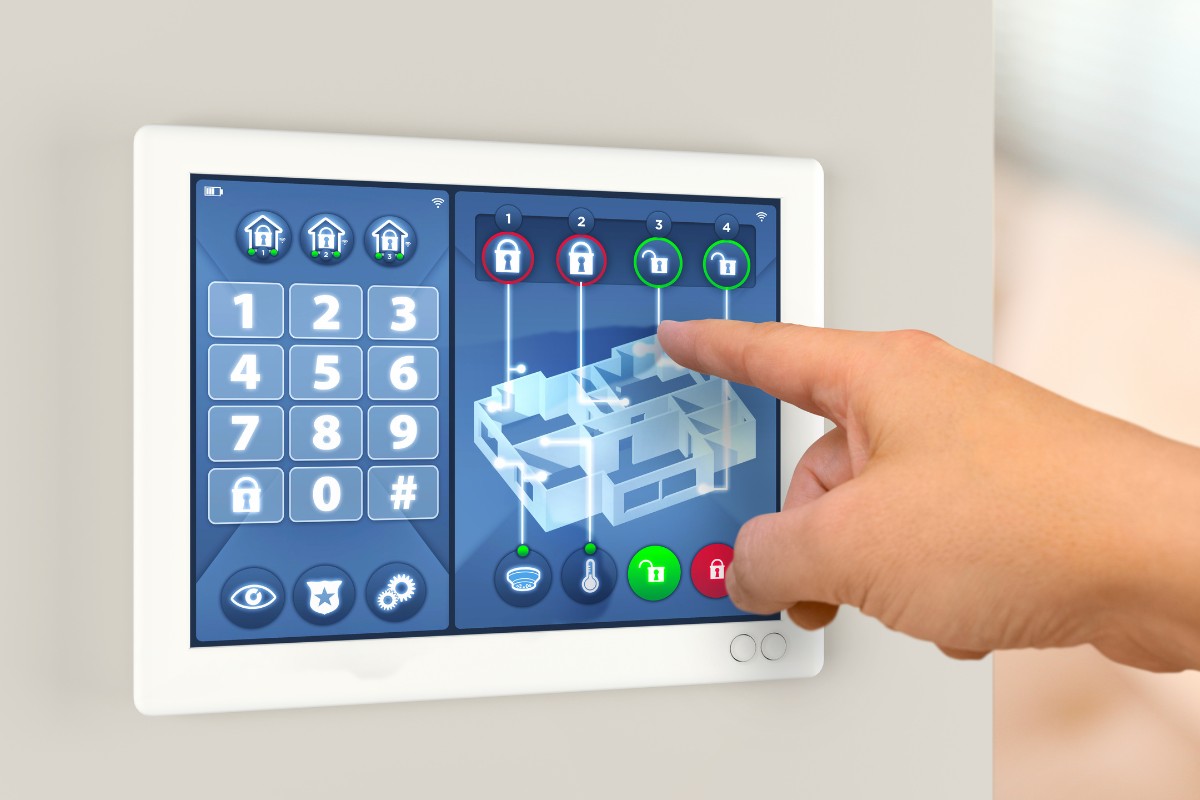
While the environment and climate change are concerning to many people, a recent study indicated that 63% of people want a smart security device.
This illustrates the current level of concern regarding crime rates.
In recent years there has been a string of high-profile news stories regarding crime and police response.
The Black Lives Matter movement is one example of the concerns faced by the average American.
Any additional security measures you can take to protect yourself, your loved ones, and your property are worth considering.
That’s why 63% of Americans are looking at smart burglar alarms, camera systems, and other home security monitoring systems.
Doorbell cameras have become an easy way to see and talk to people at your home while recording suspicious behavior and protecting your assets.
They are also cost-effective, making them one of the most popular smart devices.
(Todays Home Owner)
12. There Are Over 300 Million Smart Homes In The World
According to the latest figures from Statista there are already over 300 million smart homes in the world.
To qualify, the homes simply needed at least one smart device, although many have significantly more than one.
Of the 300 million, approximately 60 million are in the US, demonstrating how the US is leading the way with smart technologies.
The number of smart homes in the world has been steadily increasing over the last few years.
In 2017 there were just 141 million homes using smart systems.
By 2020 this had jumped to 222 million and by 2022 it had surpassed 300 million.
It’s expected that by the end of 2023, there will be 353 million, increasing to 400 million during 2024.
By 2025 it’s expected that global smart homes will be close to 500 million.
The exact prediction is 478 million.
Of course, there are somewhere between 1.16 and 2.3 billion houses in the world, meaning there is plenty of potential for the market to grow further.
(Statista)
13. 75% Of People With Smart Devices Are Under 55
It’s not surprising that the majority of smart device owners are younger.
In most cases, the younger generation is quicker to adopt new technology.
This may be due to younger people being more prepared to take risks or that they have been brought up with more technology.
Equally, they may simply be more aware of the energy that can be saved and how smart devices can help the environment.
The study also revealed that 40% of smart devices have been purchased by people aged between 18-34.
What’s impressive about this is that this generation only makes up 30% of the population.
(Smart Energy Consumer Collaborative)
14. 97% Of Smart Device Owners Are Happy With Their Devices
Device satisfaction isn’t always the best way to assess how well a product functions or how effective it is at achieving its goals.
After all, most complaints stem from a product not working correctly.
In this instance that could mean problems linking to the smart device or an inability to control the right function when needed.
Excessively complicated operating systems and regular product issues/failures will also trigger complaints.
Yet, despite the potential for issues, a recent survey found that 97% of smart device owners are very happy with their smart devices.
That’s an impressive satisfaction rate and bodes well for the industry in the future.
(Smart Energy Consumer Collaborative)
15. 63% Of Smart Device Owners Are Worried About Their Data
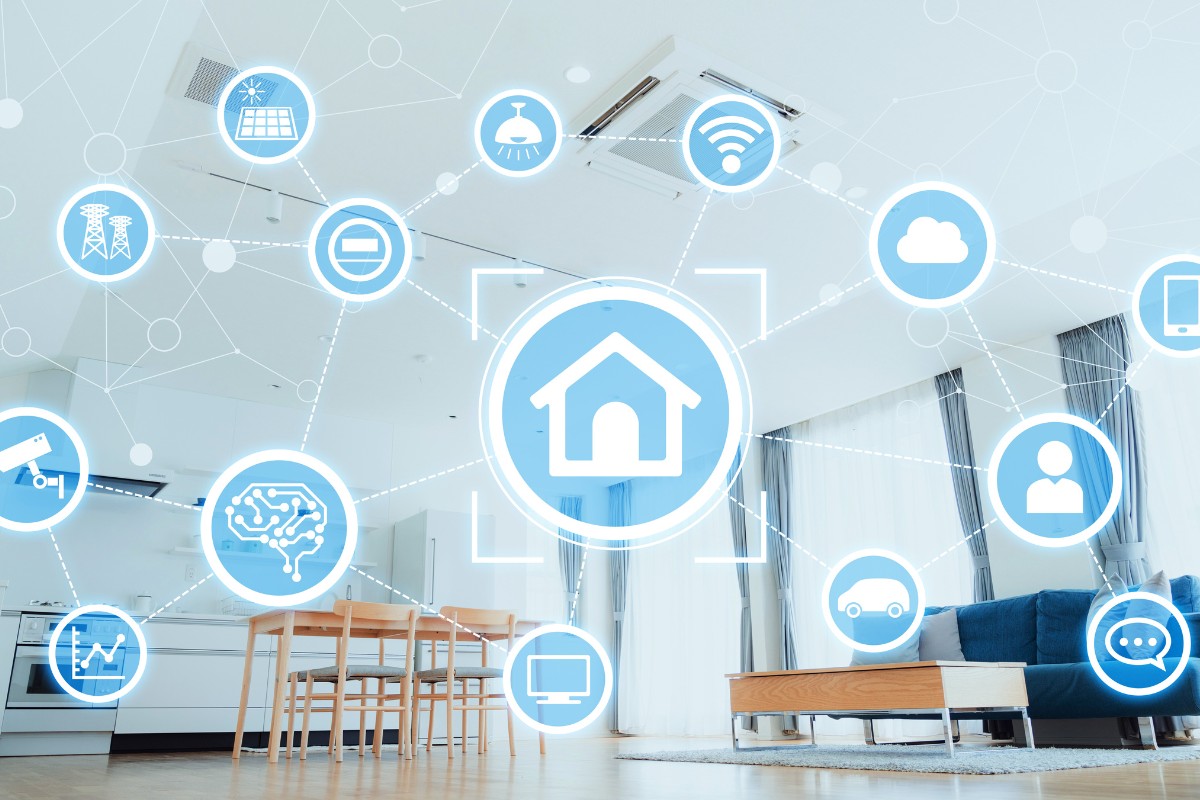
Data has become a huge commodity in the last few years.
Companies create data profiles on their customers.
These profiles are used to increase the accuracy of marketing campaigns and the quality of customer services.
The data profiles can also be sold to third parties.
This can be concerning to people who value their privacy.
Smart devices and smart homes present an additional threat.
They need to be accessible from anywhere in the world, via the internet.
That means your personal data is constantly going across the internet.
To protect yourself from data theft and even your identity being stolen, a consumer is reliant on the smart device manufacturer and other third-party connections having strong security.
Unfortunately, the number of data leaks in recent years means consumers are naturally cautious.
A recent survey found that 63% of smart device owners are worried about their data being stolen.
In short, for the market to keep expanding, smart device producers will need to provide reassurances regarding security.
(Smart Energy Consumer Collaborative)
Compatibility Issues
It should be noted that the biggest issue with smart devices is generally you need the same brand throughout your home.
In other words, once you’ve picked your hub or first smart device, in order for them all to connect properly to each other, they need to all be the same brand.
This approach can limit your options and even mean you have to spend more to get the right devices.
Fortunately, this is an area that is changing.
Various companies are creating hubs compatible with all types and makes of smart devices, allowing you to choose your preferred options.
These items are just becoming available and are likely to revolutionize the market.
In short, they will make it much easier for anyone to create a smart home.
That’s likely to cause a dramatic increase in smart home numbers, both in the US and further afield
Summing Up
The smart home statistics tell a clear story, smart devices are becoming increasingly popular and for good reason.
Installing them helps you to save money and protect the environment.
Better still, the right devices are fun to use.
As the world becomes increasingly reliant on technology it will become essential to have these devices in your home.
There is no better way to constantly feel in control of your surroundings, which is excellent for improving mental and even physical health.
In the next few years, smart devices are likely to get far more sophisticated, it will no longer be a case of whether to purchase a system or not.
You’ll simply want the best possible smart devices for your home.
Fortunately, there will be plenty to choose from.







